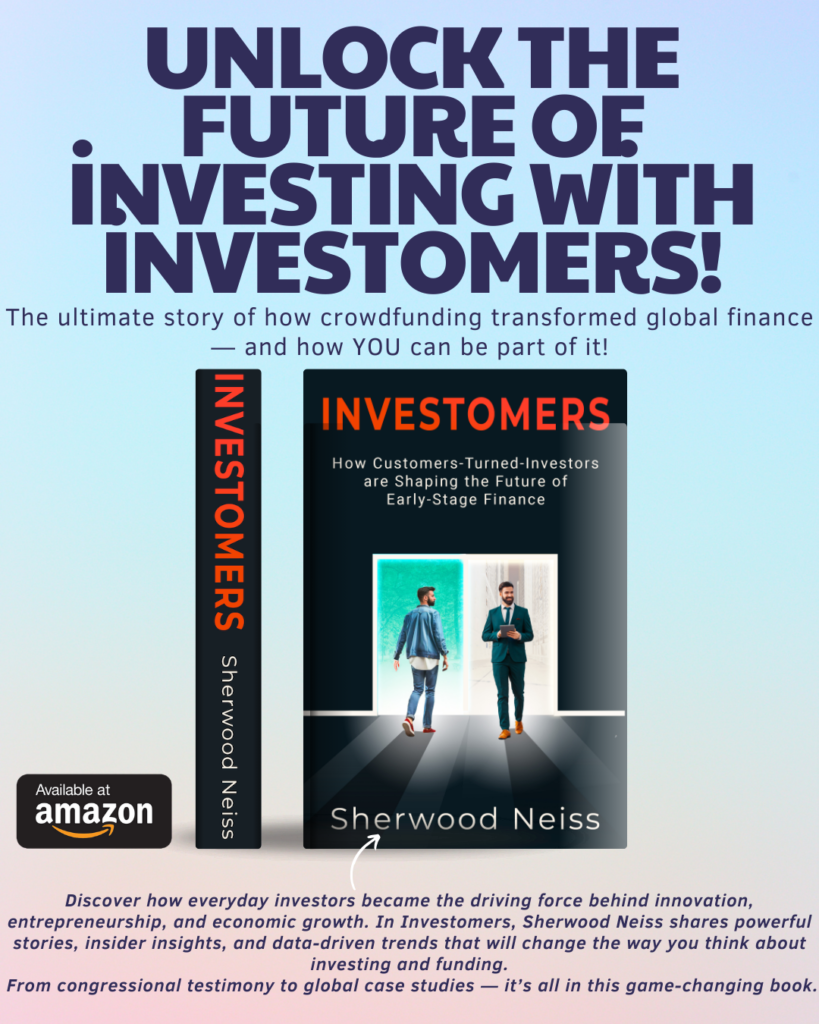As of June 30th, of the 134 companies that successfully closed and funded Regulation Crowdfunding campaigns, a small but significant group – 13% (18 companies) – have chosen to issue investor securities in the form of Revenue Share. This group of companies raised $5.4M (~$298.5k average) from an engaged an audience base of over 3,300 investors, many of which are now customers with a vested interest in the success of that business. Since these investors can benefit from an immediate ROI (as the companies repay their investors from the company’s revenues), there is incentive for investors to be marketing ambassadors for the business. Since the yield on these securities, appears to be greater than traditional investments (and the instruments have shorter terms), there is benefit for investors. Yet these potential returns do not come without risk. Not all the companies that are offering Revenue Share are producing income at the time of the sale of the securities, so it is best to do your research and give more consideration to those that are producing current revenues, which may increase the chance of repayment.
Revenue Share means that a company will pay back its investors a percent of gross revenues each month until the stated return is made. This return could be within a specific time window or until the stated return is met. Revenue Share is like debt in the sense that investors are investing money in companies, but rather than receiving interest and principal payments, investors receive their pro-rata share of the percent of gross revenue repayment.
Revenue Share is particularly beneficial for companies that experience seasonality in their cash flows. During months with higher revenues, they can repay more of their debt. On the flip side, when sales are slower, their repayment would be less. This eases a business’s cash burn concern.
When looking at the industries of the 18 companies, most them were restaurants or craft breweries/distilleries. All of which have current (or future) customers and hence cash flow. These 18 companies had over 3,300 investors who now have a vested interest in the success of these businesses and will most likely be bringing their friends, family and community to their “investment.” Outside of capital, this becomes another benefit to crowdfunding – engaging a community.
Drilling down into the data, we find 2 key variables:
- Return on Investment: On average, companies offered a 1.56 multiple; meaning an issuer pledges to give a $56 return for every $100 dollars initially invested.
- Investment Period: Specified maturity periods are averaging about 46 months (about 3 years and 3 quarters).
In breakdown terms, these companies with specified maturity periods average a 56% return over 3.83 years – equal to a projected 14.6% return a year. This provides a possibly attractive investment alternative for investors, given annual compound interest returns on bonds average 2% and stocks about 6% (Blanchett, WSJ).

These companies raised on average $298,494. It would seem this would be enough capital to achieve their anticipated outcomes as they are not high-tech, high-cash burn entities. However, only 4 of the 18 companies were showing revenue in their Annual Report, meaning only these select few could start repayments. A notable risk for investors.
56% of these companies stipulate maturity periods – meaning a defined period within which they will repay the investor capital. The others have chosen “until,” which means that they will continue to repay the investor capital until the multiple is achieved. The longer the repayment period, the lower the yield becomes for investors. Understandably, companies are hesitant to issue a definitive timeline for investors’ return on investment out of financial concern that if projected revenues do not come into fruition, then the company is still obligated to pay out.
Although too soon to tell actual revenue trends, what can be observed is the small pool companies participating in Revenue Shares show a promised return on investors’ investment well above the normal rate of return for traditional investing. In addition, over 50% prove to be confident enough to hold themselves accountable to their own measures of success as well as their investors by committing a ROI deadline for their investors. If you are an investor your take away should be, Revenue Share could be an attractive diversification strategy for your portfolio; however, it is important to consider if the company is generating revenue to minimize your risk of not getting paid back and maximize your expected return.
——
Find the information above useful? You can see all the data summarized in our recent paid Webinar: The First Full Fiscal Year of Regulation Crowdfunding.

